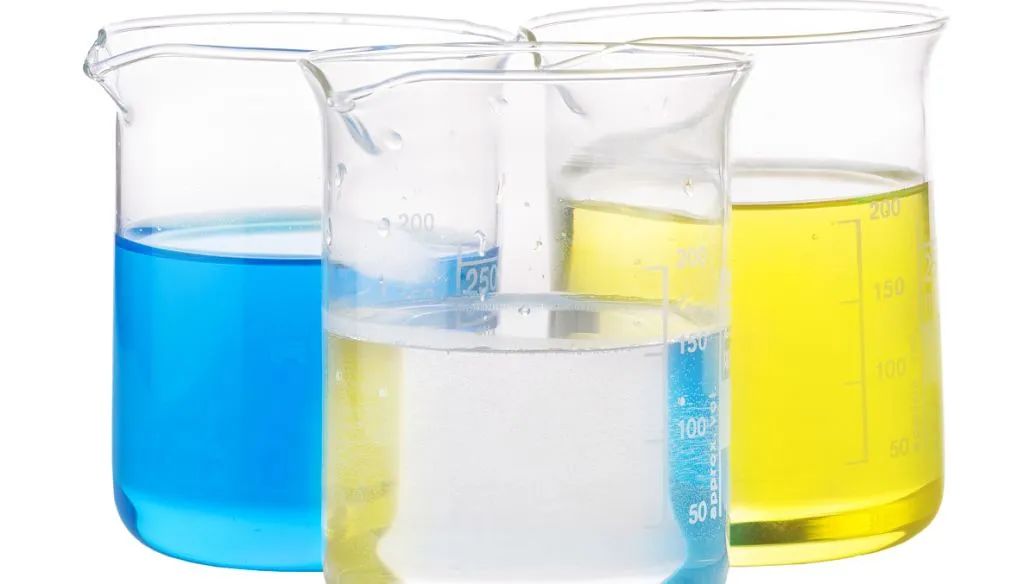What factors do the degreasing quality of bearing antirust oil depend on?
January 29, 2023
The quality of degreasing mainly depends on four factors: degreasing temperature, degreasing time, mechanical action and degreasing agent.

1. Degreasing temperature Generally speaking, the higher the temperature, the more complete the degreasing. This is due to three reasons: First, temperature changes the physical properties of oil stain, such as rust proof grease with high dropping point, vaseline, solid paraffin, etc. It is difficult to clean even with high concentration of lye at low temperature. However, when the temperature of oil stain is raised, their viscosity will be reduced, and even form droplets which are beneficial to removal. Second, promote the chemical reaction. Generally speaking, the chemical reaction speed will be doubled every time the temperature rises by 10 degrees. Third, accelerate the movement of surfactant molecules, thereby promoting wetting, emulsification, dispersion and other functions. With the increase of temperature, the solubility of the solution to the dirt also increases. However, it is not always the case that the higher the temperature is, the better. Various degreasing agents have their own suitable temperature ranges. In degreasing solutions that use certain kinds of surfactants, excessive temperature will make the surfactant precipitate and gather as oil droplets attached to the surface, causing uneven phosphating film. 2. Degreasing time In the degreasing operation, sufficient degreasing time must be guaranteed. The pressure jet degreasing time is generally 1.5~3 minutes, and the immersion degreasing time is 3~5 minutes (depending on the type and amount of oil stain). Increase the degreasing time, that is, extend the contact time between the degreasing liquid and the oil stain, so as to improve the degreasing effect. The more oil contamination, the longer the degreasing time. In the process of assembly line operation, it is not allowed to use too long time, so it is generally used to degrease by spraying for 1 minute, and then by dipping for 3 minutes. 3. Mechanical action In degreasing, it is very effective to use mechanical action such as pressure spraying or stirring, because the fresh degreasing solution is forced to have good contact with the part surface during spraying, and the entire degreasing solution content is uniform, which is conducive to improving the degreasing effect; When spraying, the degreaser is forced to penetrate and destroy the oil film by mechanical force, so as to effectively force the oil stain to leave the part surface; During spraying, the oil stain separated from the parts shall be emulsified and dispersed in the degreasing solution to prevent the oil stain from being adsorbed on the cleaned part surface. Mechanical action is particularly important in medium and low temperature degreasing. Generally speaking, the speed of pressure jet degreasing is more than one time faster than that of immersion degreasing. The injection pressure is usually (0.1~0.2) Mpa (the degreasing agent used for pressure injection must be low foam to avoid excessive foam affecting normal operation and the loss of degreasing liquid), and the degreasing by impregnation cannot be considered as static impregnation. A circulating pump must be equipped to keep the solution stirring, and the circulating amount per hour is about 5 times of the tank liquid volume. 4. Effect of degreasing agent on degreasing effect The composition and usage of degreasing agent have great influence on degreasing effect. For example, the degreasing effect of alkaline solution containing surfactant is better than that of alkaline solution alone. For solid or semi-solid grease with high dropping point, solvent cleaning is more effective than other degreasing methods. In order to improve the emulsification and dispersion capacity of oil stain, it is effective to properly increase the content of surfactant in degreasing agent. Different types of surfactant and different alkalis will make certain differences in degreasing effect. Good degreasing agents are determined through a lot of tests and repeated screening of the matching proportion of their components. For alkaline degreaser containing surfactant, the most effective washing effect is at the upper limit of the critical micelle concentration of the surfactant. During use, degreaser will be continuously consumed, which will reduce the concentration. Therefore, degreaser must be added regularly to maintain the necessary concentration. The degreasing effect of the degreasing agent is not related to the concentration in a straight line. Therefore, when the degreasing quality is highly required, the method of greatly increasing the concentration should not be adopted, but the method of secondary degreasing should be adopted. The two degreasing solutions can be the same and do not need to increase the concentration additionally. In actual use, all factors must be considered to control them under the best condition to achieve satisfactory degreasing effect.






